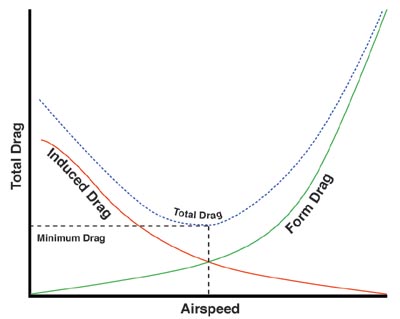Consider this highly exagerated example: Cpt. Slug makes the Nerf equivilant of a cruise missile- shall we say 200 foot range, high accuracy, perfect speed so it doesn't kill small children. The catch- it takes say 8 seconds to travel this 200 feet, so we have high range, low velocity. Of course, unless Slug also makes a guided dart, this ain't gonna work.
Now, on the other extreme, FA_24 makes a gun that acheives maximum range in an inmesurably short amount of time. This gun's catch: 20 foot range, E.G. high velocity, low range.
What does all this amount to? Well, I thought it would be a good idea to report range AND VELOCITY in our modifications/writeups. Now, I pondered over this, until I remembered a very basic physics equation. Namely, it allows us to measure velocity with no information except:
Height of muzzle from level floor
range of projectile
Everything else is constant- the force of gravity, air resistance, etc.
So, shall we say that we fire a gun from 0.45 meters off the ground. This bullet goes 81 meters. If the gun is fired at theta=0 degrees (parralel to a evel plane, e.g. floor), we have everything we need to get velocity.
First up, we will divide the unkown velocity into the X- and Y-dimensions. Since the gun is horizontal, velocity in Y=0%, velocity in X= 100% of total velocity. We will start in the Y-dimension to calculate time.
Our first equation is:
delta X= Vo (multiplied by) time (plus) {0.5 (multipled by) acceleration (multiplied by) time [2]}
Where
Delta X= displacement, or range
Vo= initial velocity (remember, this is in the Y, or vertical, dimension, so if the gun is parralel to the floor, it will have an initial Y velocity of 0)
time= duh. time in seconds.
0.5= Half of. Again, duh.
Acceleration= the downwards acceleration due to gravity, in negative. (Again, becuase this is the Y dimension, this is the only force acting upon the bullet besides air resistance.)
and time squared=time squared.
Here, [2] means "preceeding value squared", and subsequent values in parantheses ,(9)(5),means to "multiply these adjacent values", so (9)(5) would be 45
What we are doing is using the rate at which the bullet falls to find the time it takes. Neat, huh?
With our units,
-0.45 m = (0 m/sec)(T) + (0.5)(-9.8 m/sec[2])(Time)
simplified:
-0.45 m = (0.5)(-9.8 m/sec2)(time[2])
re-arranged to find time:
Time [2]= (2)(0.45 Meters)
..............____________
............. 9.8 Meters
.............___________
............. Seconds [2]
which means that
Time= 0.30 Seconds.
Phew. Next up, the X-(horizontal) dimension!
Now that we have time, we can use the same equation to get velocity!
delta X= Vo (multiplied by) time (plus) {0.5 (multipled by) acceleration (multiplied by) time [2]}
Delta X= displacement, or range
Vo= initial velocity (remember, this is in the X dimenion. This is the velocity we want to find.)
time= duh. time in seconds.
0.5= Half of. Again, duh.
Acceleration= 0. Once the bullet has left the chamber, it stops accelerating. Ignoring air resistance, since this force will be present at all times, unless someone hosts a Nerf war in space, is an acceptable allowance.
and time squared=time squared.
So,
81 Meters= (Velocty)(0.30 seconds) + (0.5)(-0.0 M/sec[2])(Time)
simplified:
Velocity= 81 Meters
............___________
............ 0.30 seconds
And so, finally, Velocity of bullet= 2.7 times 10 [2] M/sec.
thanks k9, of course, drag does cause some reduced velocity. This is average velocity, so drag is accounted.
Boom! Not bad, eh? It may seem like a lot, but I can measure, average, and calculate this in a very short amount of time. Personally, I think it is a good idea to report this, and I will be doing so in my 100th Post, when I unviel the Triple Triple Strike.
Well, What do you think? Q? C? F? Lolcats?
~The Silver Head~
Tl;Dr- GO BACK AND READ IT.
Edited by TheSilverhead, 01 November 2010 - 10:03 PM.


 This topic is locked
This topic is locked




















